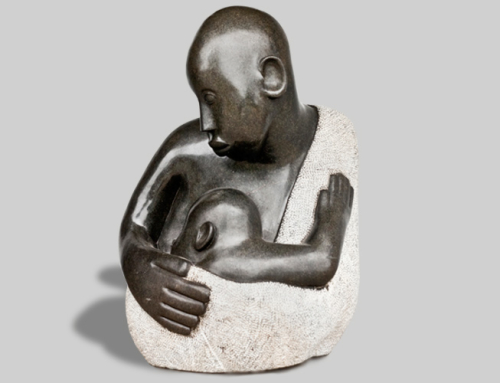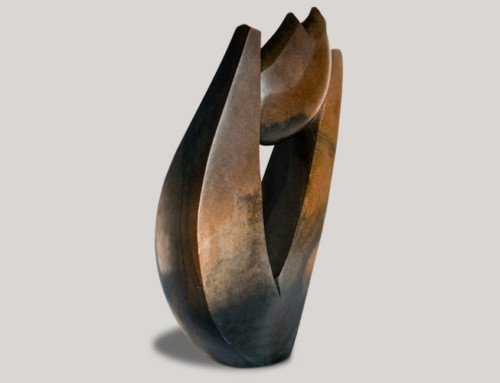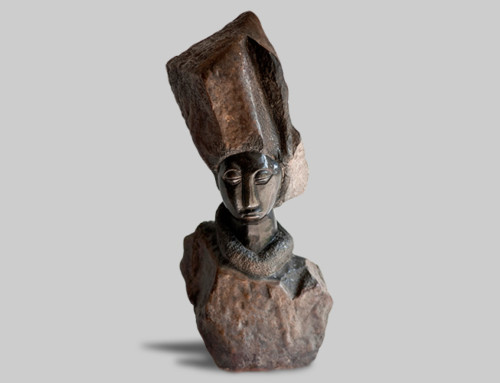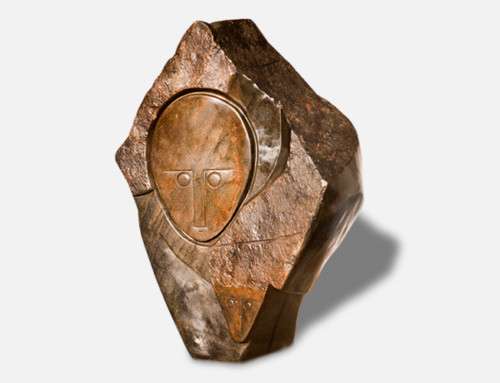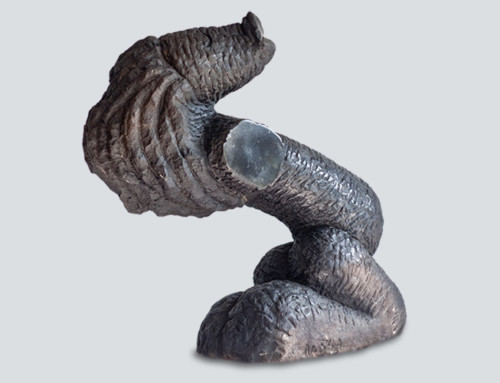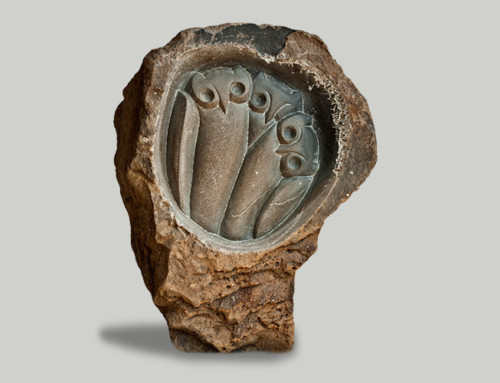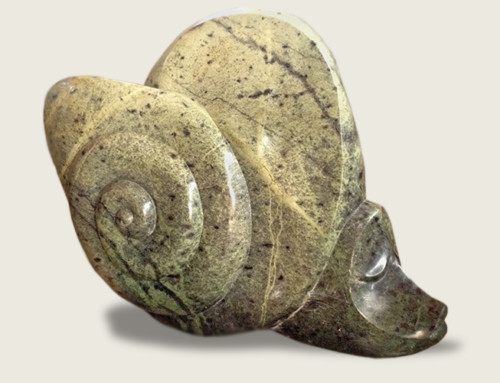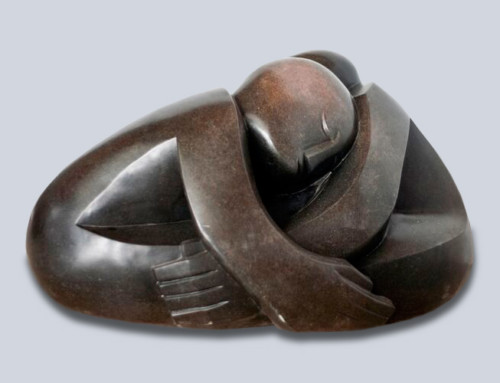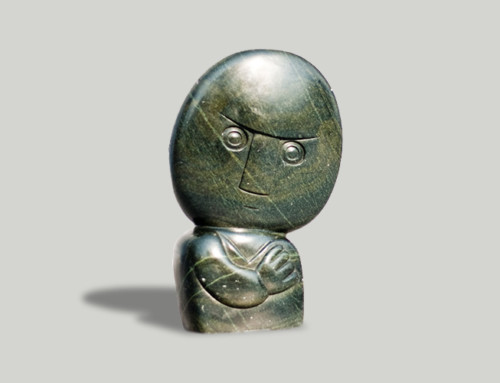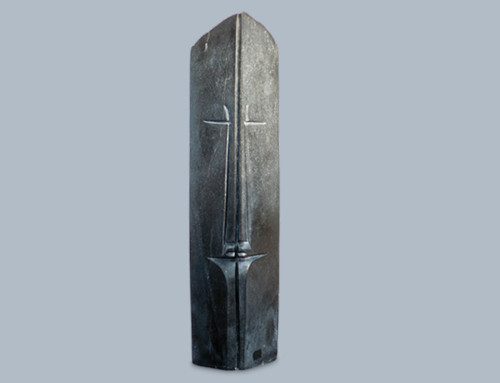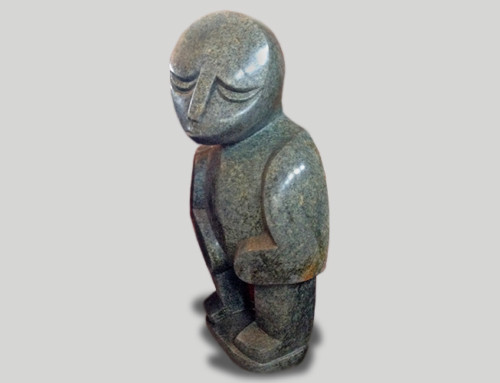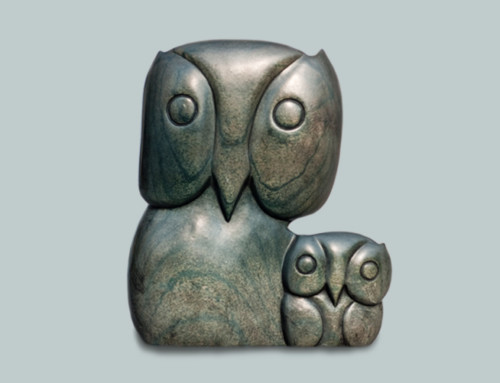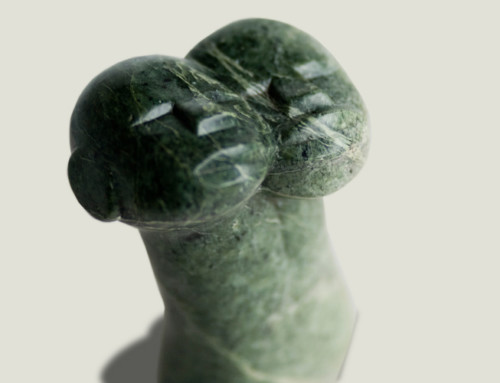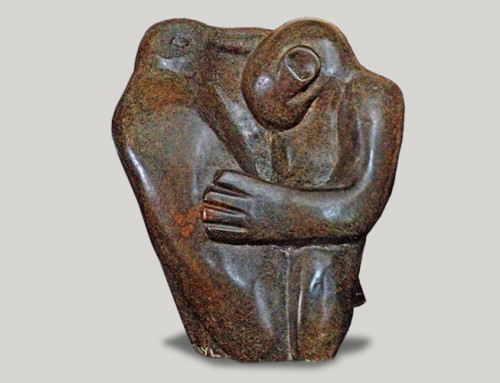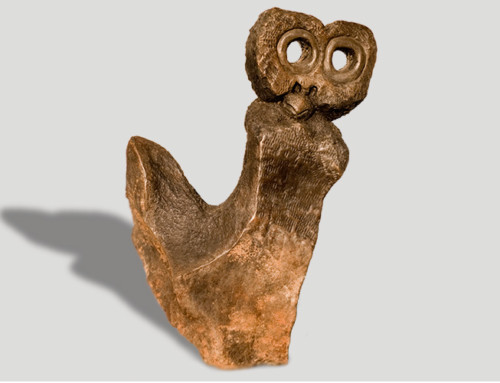DAMIAN MANUHWA
Damian Manuhwa was born in 1952 in the Rusape District of Zimbabwe. His father, Fabian Manuhwa, carved in wood and had begun to carve while still in school. It was seeing the work in stone of Joram Mariga, however, that prompted Manuhawa to begin sculpting in stone, and in 1970 he joined the National Gallery’s Workshop School.
In the 1970s, the development of Shona sculpture suffered the twin blows of Frank McEwen’s departure and the international isolation of the country during the civil war. Manuhwa, being a new and young artist at that time, was forced to abandon his efforts to establish himself as a sculptor. but his urge to devote all his time to sculpting remained, and in 1980, the year of Zimbabwe’s independence, he resumed his sculpting career. Since then, Manuhwa has rapidly established himself as a leading figure among Zimbabwe’s community of sculptors.
His subjects are drawn largely from the natural world of man and animal, and from the spiritual world which is the source of explanation for the events of the world that man inhabits. Manuha’s work ranges from depictions of man and his varied emotions to the creation of abstract but aesthetically pleasing forms. Like most leading Zimbabwean artists, his work frequently show metamorphoses between humans and animals, but his work has not been altered by such exposure. some say that Shona sculpture represents an art form that has survived, or rather has been reborn, with its sense of spiritual and social values intact. the work of Manuhwa and other major Zimbabwean artists is testimony to this reality. They remain true to ancient values and are not easily swayed by external influences.
